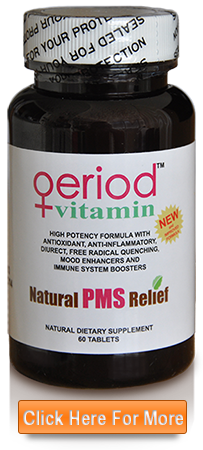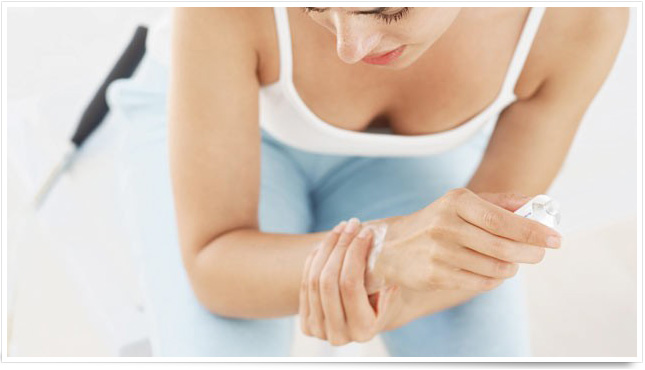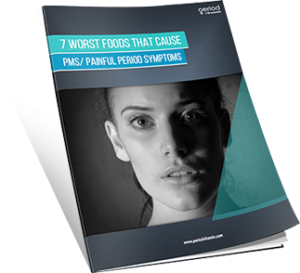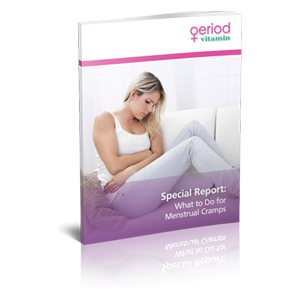The usual symptoms of PMS and period-related issues are headaches, cramping, back pain, skin breakouts, and bloating. But what about aching joints during the menstrual cycle? Are these related to PMS or are they an indication of the development of arthritis?
The simple answer is that pain in the knee joint and in the hip or other joints is an indication of inflammation in the body. You might have high amounts of inflammation any time of the month, not only during your period.
You might be wondering, then why is it that during and before my period, I have aching joints? Can’t hurting joints be caused by PMS? How can I get some relief?
There are 5 natural remedies you can consider for aching joints:
1. Vitamin D
One of the signs of a vitamin D deficiency is aching joints and hurting muscles. About a decade ago, scientists, doctors and researchers discovered that the body’s need for vitamin D is drastically higher than what was once believed. Nutritionists and doctors used to believe that only 400 IU of this vitamin was needed each day, but the 400 IU is a mere drop in the bucket when you need 2000 to 5000 IU per day! And when people are found deficient, they may be given 10,000 IU per day.
Vitamin D acts as a hormone in the body and although we still don’t know how aching joints is actually occurring from a vitamin D deficiency, we do know that the deficiency is easily eliminated. Simply go to the doctor, get a blood test for the vitamin, and then take the vitamin daily. Next you must retest in three months to see how long you should continue and then stay on a maintenance amount of the vitamin so your levels won’t fall again.
2. Cat’s claw herb
Herbs are powerful joint pain relievers. This herb cuts inflammation and you could feel a difference within a few hours. The normal dosage is 2 capsules two times daily. While the herb is decreasing inflammation, it’s also decreasing infections and boosting immunity in the body.
3. Magnesium
A clear sign of magnesium deficiency is aching joints and muscles. There’s also lots of inflammation in the body with magnesium deficiency. Many people don’t eat enough greens so they can get enough of the mineral, so taking 400 to 500 mg supplement of magnesium daily can help aching joints and offer relief quickly.
 4. Magnesium gel spread onto your joints that ache
4. Magnesium gel spread onto your joints that ache
Magnesium levels that are low are difficult to detect at the medical doctor’s office. The magnesium level tested in the blood is an indication that homeostasis is occurring. The best test for magnesium is red blood cell magnesium – and it’s a test many insurance companies won’t pay for.
There are estimates that over half the population is deficient in magnesium, and if you haven’t been eating foods high in magnesium such as dark leafy greens including turnip greens and collards, chances are good that you are low.
One way to alleviate aching joints immediately is to use a magnesium gel. What this is is a gel that has magnesium added to it; the magnesium is in a very absorbable form meant to ease achey joints. You can find it at your health food store. Simply layer it on the skin that surrounds the aching joint. You should feel a difference in a few minutes.
5. Period vitamin
It’s difficult to get all the vitamins and minerals you need by taking them one by one during the day. Using a supplement such as a period vitamin can take care of this problem because it provides all the vitamins and minerals you need during the day while you are menstruating. It is still taken during the rest of the month as well. A period vitamin is a foundation of nutrients that will help every menstruating woman. However, you can always add additional supplements to the period vitamin if you’re deficient in other nutrients.




